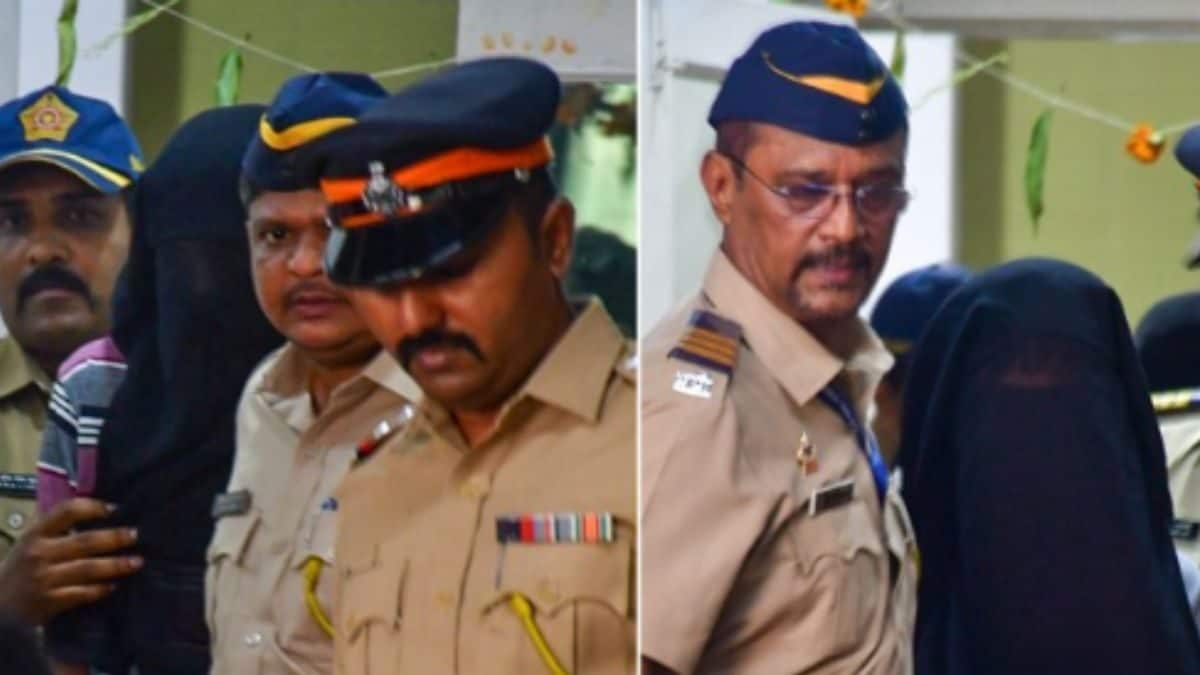The tragic shooting of former Maharashtra minister Baba Siddique in Mumbai has sent shockwaves throughout the state and sparked a massive investigation into the motives and connections behind the crime. Two individuals, Gurmail Baljit Singh and an unnamed Uttar Pradesh native, have been arrested and are facing charges of murder. The investigation, currently being conducted by the Mumbai Crime Branch, is focused on uncovering the truth behind the assassination and determining whether any international links, political rivalries, or other underlying factors played a role in Siddique’s death.
Remand and Juvenile Status Determination
The first key development in the case is the remand of Gurmail Baljit Singh, the 23-year-old suspect, to police custody until October 21. This decision, made by the court, allows authorities to continue their investigations and gather crucial evidence. However, the case of the second accused, who claims to be a minor, remains under scrutiny. The court has ordered a bone ossification test to definitively determine his age. The results of this test will determine whether he faces prosecution in juvenile court or the regular legal system.
Significance of Bone Ossification Test
This test is crucial in determining the legal proceedings against the minor suspect. If he is found to be over 18, he will be tried in a regular court alongside the other accused. However, if the test indicates he is a minor, his case will be handled by a juvenile court. This differentiation is critical because juvenile court proceedings and potential penalties differ significantly from those in the adult court system.
Investigation into Motives and Connections
The prosecution, seeking a 14-day remand for both accused, argues that a thorough investigation is necessary to determine the true motives behind the assassination. The prosecutor highlights that Siddique was not an ordinary citizen; he was a former minister with a high-profile background. The ease with which the assailants carried out the attack, despite security, suggests a pre-planned operation and a degree of planning and coordination.
Key Areas of Inquiry
The investigation is focusing on a number of key areas:
- International Link: The possibility of international involvement is being explored to uncover any potential foreign influence or connections related to the assassination. This could involve looking into whether any foreign nationals were involved in the planning, execution, or financial support of the crime.
- Political Rivalries: The prosecutor has specifically mentioned exploring the role of political rivalries in the murder. The investigators will be examining Siddique’s political career, his recent affiliations with the Nationalist Congress Party (NCP), and any potential enemies he might have made during his political journey.
- Personal Motives: While focusing on political motivations, the investigation must also explore any potential personal reasons for the assassination. This could involve examining Siddique’s business interests, his social circles, and any personal conflicts or disputes that might have contributed to the crime.
- Organization and Execution: The investigation is focusing on how the crime was planned and executed. This includes identifying the individual members involved, the logistical support behind the assassination, and any potential coordination between individuals or groups.
Defense Argument: False Implication
The defense attorney, Sidharth Agarwal, acknowledges the tragedy of Siddique’s death but argues that his clients have been falsely implicated. He contends that while political rivalry could be a possible motive for the murder, his clients were not involved and are victims of mistaken identity or deliberate framing.
Legal Strategy: Challenging the Evidence
The defense strategy likely focuses on challenging the evidence presented by the prosecution and highlighting the lack of concrete proof linking the accused to the assassination. The defense might employ a number of tactics:
- Alibis and Witnesses: The defense team will attempt to establish credible alibis for both accused during the time of the shooting. This could involve producing witnesses who can corroborate their claims of being elsewhere during the attack.
- DNA and Forensic Evidence: The defense will likely examine any forensic evidence collected at the crime scene, specifically focusing on whether DNA evidence found at the scene definitively connects the accused to the attack.
- Investigative Methods and Testimony: The defense might challenge the methods used during the investigation, highlighting potential flaws in the collection of evidence or suggesting undue pressure exerted on witnesses.
Conclusion
The investigation into Baba Siddique’s murder remains a high-priority case for Mumbai authorities. The evidence gathered, the testimonies secured, and the legal strategies employed by both the prosecution and defense will shape the course of the trial. Ultimately, the goal of the legal process is to uncover the truth behind this assassination, hold those responsible accountable, and bring a sense of justice to Siddique’s family and the community.
Take Away Points:
- The investigation is looking into the possibility of political motives, international connections, and personal conflicts as possible triggers for the assassination.
- The court ordered a bone ossification test for the second accused, potentially altering his trial proceedings if he is determined to be a minor.
- The prosecution seeks to connect the accused to the crime and uncover the network involved in planning and execution.
- The defense emphasizes the innocence of its clients and alleges they are falsely implicated in the murder.
- This case will have significant implications for Mumbai’s political scene, revealing potential vulnerabilities and highlighting the importance of security for prominent figures.




